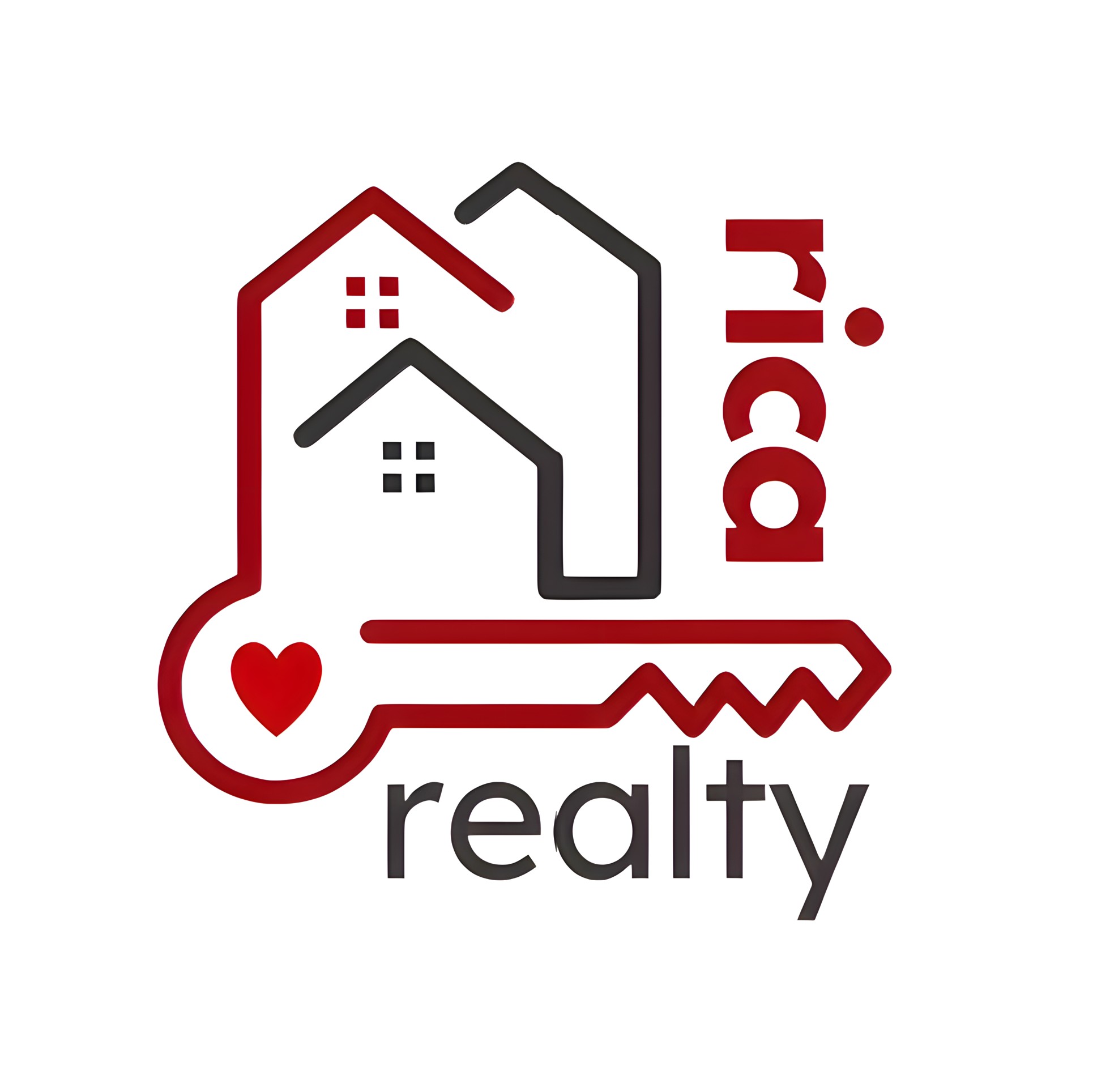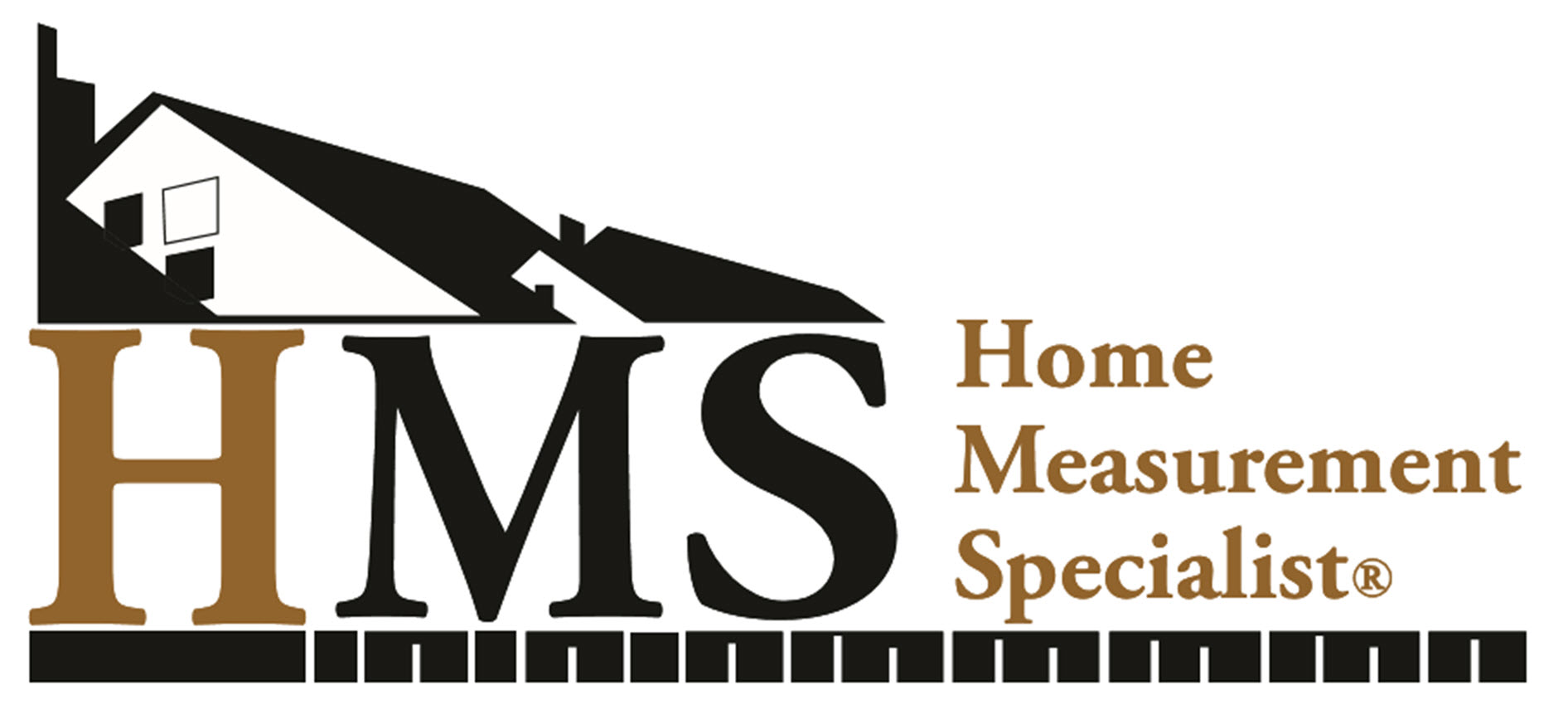
See what makes Rica Realty different for you? The specialty courses, training and experience navigating client's through various title conditions to reach various goals which will assist your agent in advising on our real estate listing with skill and experience.
The goal is to provide advice on methodical pricing strategies with input from you to obtain the maximum value based on your circumstances along with the market.
Finally, your accurate home measurement is vital in providing an proper listing range for your home. Working as a Home Measurement Specialist, I will assist in assuring you are paid for and your listing markets the proper square footage of your home.
If you would like more information on this process, scroll down past the request for your home's listing range. The information provided will explain some differences you may hear about. Your value may be different based on a CMA (comparative estimate and full comprehensive comparative analysis - this is not an average), Appraisal, and the AVM (Computerized / Automated Valuation ) values. The AVM is the most vague and widest possible of error in marketing your home.
WHAT IS YOUR HOME LISTING RANGE?
Valuation Methods
When you are ready to sell, buy, or refinance, home values becomes very import. An experienced Realtor® will be able to help determine the listing range and recommended listing process. How? and Why?
It is essential to be sure of the value before listing a home, before offering on a house, and before applying to refinance. There are three popular ways to determine home value. The most important number in this process is the square footage, aka the currency of real estate. Not only the accurate square of the "subject home," the one being listed or purchased, but also of the ones being compared to. The only way to know the information is to verify the records.
Comparative Market Analysis, CMA.
This is offered free by many Agents - some even make adjustments (CMA) usually based on basic, unverified information (the square footage is not verified of the subject home). At other times it is just a Quick CMA without adjustments. They both offer valuable information, but don't make for a solid listing range. Yet, these are are still far better than a AVM (computerized value).
The most popular method is a Comparative Market Analysis, a CMA. The first number reviewed is the square footage. Then find Comparables (most like homes in the neighborhood) generally sold in the last 90 days. As the tax office estimates square footage and obtains bulk data at times, this figure cannot be used with accuracy.
Comprehensive CMA prepared by a Price Strategy Advisor for Listing utilizing a Certified Home Measurement Specialist.
Step 1. Use the Basic CMA to start
Square footage - The currency of real estate

Step 2. This is Square footage Verification using ANSI standard by a Home Measurement Specialist or Appraiser.
I prepare a floor plan for both verification and for marketing. This number - the square footage - is the currency of real estate. Regardless if the home is valued at $50 a square foot or $400 a square foot - each square foot counts. Every calculation throughout the valuation is based on this number. It must be accurate.
I use ANSI standards for specific reasons:
a. For the Seller: Honesty in Advertising. For the Buyer: Receive what is advertised. False Advertisement of the wrong square footage leads to lawsuits, confusion and at least one person on the loosing end.
b. Your advertised square footage should match the appraiser calculations, again - this is the currency of real estate. The appraiser will calculate the square footage and use that figure to value the home after adjusting various key factors of other sold homes. This value is used by the lender to determine if they will finance the home based on the terms. KEY POINT - the appraiser works for the lender to verify they are lending on the product advertised. There is a lot of confusion when the appraiser catches a seller's mistake.
c. For uniformity and for a common language.

Step 3. Where a Pricing Strategy Advisor becomes important.
A PSA will verify current listings as competition and sold as comparisons. Records may not reflect special deals with home sales such as distressed sales, seller contributions, or condition without knowing the home sales and the area sales. These can change a home value significantly.
An example would be on some automatic value determination sites, you see the home sold for $350000. You wont see the seller paid $20000 in closing costs and left $5000 in appliances. The house value is really $325000. By reviewing how inaccurate some of these sites are, which I can show you that on their own site, you will realize the wise way to value you home is a proper pricing strategy that can provide you the most accurate offer or list price.
Typically, the comparison of homes that are most similar will make for the best value estimate and listing recommendation making as little adjustments as possible. Knowing the local area adjustments is very important as you don't want to over adjust for differences. This may not be easy and computerized programs cannot do this task. There may not be three or four with exactly the same situation - bedrooms, with or without garage (size, attached, detached), pool (above ground, built in), chimney(s), quality of build (fixer upper, complete remodel with modern appliances).
Square footage, characteristics, bonus rooms and outbuildings, condition all play a role in each property used to compare. Local, human knowledge is a must for a proper pricing strategy.
Computerized / Automated Valuation
These systems can provide a wide range ballpark and are often free. These have two great purposes.
When to use an AVM.
One - an idea of home value within about 15% when a general idea is needed, but these decisions will not have a financial impact or to keep up with an idea of the market over time.
Two - Refinancing. These are great for refinance situations where ownership is not actually changing. Generally, the banks look for 80% 20% value on the loan, which reduces the lender from going in too deep with the lending.
These do not have a risk of financial harm to a seller. Zillow is a great example of AVM simply estimating based on public records and often a house in proximity to the subject house - rather than accurate records and the most compatible comparisons.
When not to use an AVM.
However, for a listing, this does not offer an accurate evaluation for obvious reasons - they cannot provide major information. For a buyer, this not verify the buyer is making a reasonable offer. Both parties are at risk. The property may not appraise.
This is the least accurate for various reasons, sometimes off by tens of thousands, but can still give a wide ballpark figure. This uses combinations of often unchecked public records and homes that are in the proximately to the home being evaluated rather than the most comparable. These leaves room for a great deal of error when it is time for the offers to come in by an experienced agent and/or the appraisal that seeks accurate comparations.